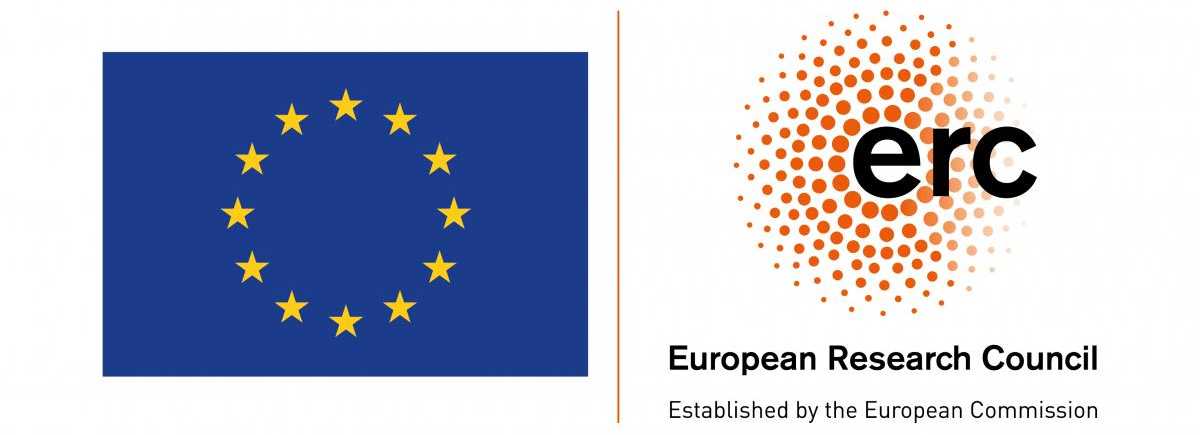ERC TORCH

Context and objectives
As renewable energy sources such as wind and solar are deployed, it is crucial to balance the intermittent nature of these sources to ensure stability of the electricity grid. In this context, gas turbines supplied with renewable fuels can be an important component of future sustainable energy networks by providing a reliable and flexible power source. A combustor architecture that specifically meets the needs of tomorrow's heavy-duty gas turbines (fuel and operational flexibility) is the constant pressure sequential combustion concept. However, as any high-performance combustor, this concept can be subject to thermoacoustic instabilities, a well-known problem in combustion engineering that can lead to severe mechanical damage. In sequential combustors, the physics of the instabilities is considerably complexified compared to single stage combustors, because the two flames not only “talk” together via sound waves, but also via entropy waves. The external page ERC Consolidator project TORCH (2019-2024, ID: 820091) aims to propose, investigate and develop novel active and passive control technologies, tailored for this new generation of combustors, in order to suppress their thermoacoustic instabilities. It brings significant scientific challenges in fluid mechanics, acoustics, combustion, nonlinear dynamics and control theory.
Active control: plasma-assisted combustion
We plan to control thermoacoustic instabilities by dynamically enhancing the autoignition process in a sequential combustor using non-equilibrium plasma discharges. We aim at assessing the potential of such technology and demonstrating its effectiveness in relevant gas turbine conditions. For that, several challenges must be addressed:
- Demonstration of the capability: The project will assess the ability of non-equilibrium plasma to control thermoacoustic instabilities.
- Understanding of the physics: Both experiments and numerical simulations will be used to understand how the thermal and kinetics effects of non-equilibrium plasma affect combustion.
- Influence on NOx emissions: The influence of plasma on NOx emissions will be evaluated.
- Operation at high-pressure conditions: System operation under relevant gas turbine conditions will be evaluated to ensure that it can be implemented on real gas turbines.
Passive control: acoustic metamaterials
Passive control strategies are state-of-the-art when it comes to controlling thermoacoustic instabilities in industrial gas turbines. They are usually realized by adding acoustic dampers like Helmholtz resonators to the system, which dissipate acoustic energy at frequencies associated with thermoacoustic instabilities. These control strategies have the advantage of their simplicity and robustness but the drawback of their limited bandwidth.
We therefore plan to address this limitation by engineering new acoustic metamaterials that can better stabilize the thermoacoustic system than traditional dampers. In particular, we will plan to adapt the concept of slow-sound to the harsh environments of gas turbine combustors and demonstrate the passive control capabilities of our metamaterials at relevant conditions.